One common method is substantive testing, which involves detailed examination of financial transactions and balances. This can include vouching, where auditors trace transactions from the financial statements back to the original source documents, ensuring that each entry is supported by valid evidence. For example, an auditor might verify a sales transaction by examining the corresponding sales invoice, shipping documents, and payment receipts. By breaking down financial statements into specific assertions, auditors can design targeted procedures to test each aspect of the financial data. This not only improves the efficiency of the audit but also ensures that all relevant areas are covered comprehensively.
Inspection of tangible assets
Transactions recognized in the financial statements have occurred and relate to the entity. During this process, companies use assertions to support the preparation process. All companies prepare financial statements to present their financial standing. In some cases, they must report them to conform with what is an assertion in auditing rules and regulations. Usually, companies report financial information in their accounts at the end of each accounting period.

How Does SOX Impact Service Providers?

These tests provide concrete evidence to support the accuracy and completeness of financial data. The existence or occurrence assertion verifies that assets, liabilities, and transactions reported in the financial statements actually exist or have occurred during the reporting period. This assertion is especially important in areas prone to overstatement, such as inventories or accounts receivable. For instance, an auditor might confirm the physical presence of inventory items or verify customer receipts https://cgnwebservice.de/lukiwordpress/understanding-financial-accounting-basics-concepts/ to substantiate sales transactions.
How to Audit Cash: A Comprehensive Guide for Accountants
- For expenses, the person who authorizes a purchase should not be the same person who processes the payment or reconciles the bank account.
- The P&L statement, as you understood, discusses the profitability for the financial year under consideration.
- This type of audit procedures provides evidence that the client’s procedures actually take place at the time the auditors perform the observation.
- Financial statement assertions are fundamental to the audit process, providing a framework for auditors to evaluate the accuracy, completeness, and fairness of financial reporting.
- Regular Reconciliation and Review activities provide a detective control to catch issues after they occur.
- This assertion is especially important in areas prone to overstatement, such as inventories or accounts receivable.
These procedures can highlight unusual transactions or trends that may need further investigation. For example, an auditor could test the prepaid expenses asset account by examining each of the prepaid expenses that comprise the ending prepaid expenses balance. If sufficient appropriate audit evidence cannot be obtained, or the evidence points to a material misstatement in the FS, the auditor will have to issue a modified audit opinion.
List of Audit Assertions Related to Presentation and Disclosure
It pertains to the confirmation that the entity has the right to ownership of the assets and obligations for the liabilities recorded in the financial statements. Keeping up with evolving standards and ensuring that financial statements comply with the latest regulations requires continuous learning and adaptation. This is particularly challenging for smaller audit firms that may lack the resources to stay abreast of every regulatory update.
- Such an assertion claims the company has legal rights to its assets and liability responsibilities.
- We’ll look at assertion examples and how to you can leverage these in your audit plan.
- Candidates must be able to link relevant procedures to the specific assertion required.
- For example, an employee’s expense report might require approval from their direct manager, while a large capital expenditure might require approval from a vice president.
- Consequently, auditors design suitable testing procedures for confirming these assertions through financial statement assertions audit.

Completeness – this means that transactions that should have been recorded and disclosed have not been omitted. As we ask questions, we also inspect documents (e.g., bank reconciliations) and make observations (who is doing what?). Its new guidance became applicable to all Securities and Exchange Commission (SEC) audits beginning after December 15, Legal E-Billing 2021 for fiscal years. In the future, it became applicable from December 15, 2022 on smaller reporting entities. Subsequently, its amendments and guidance became applicable to all other firms after 15 December 2023 for fiscal years.



